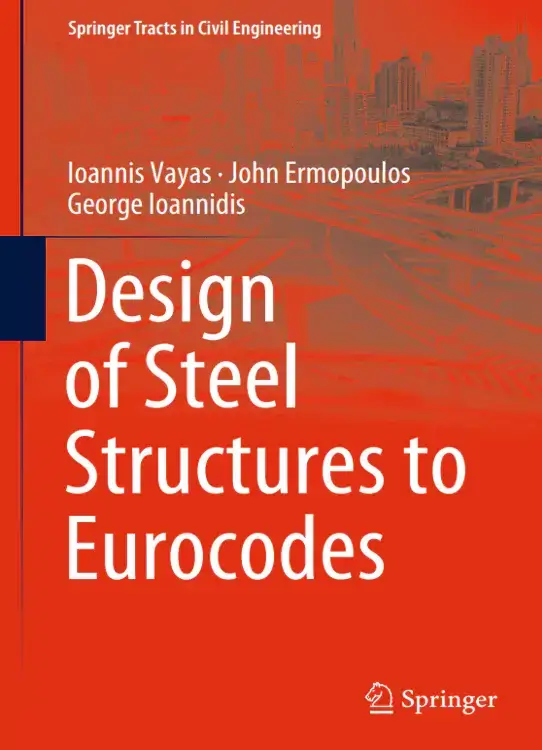Design of Steel Structures to Eurocodes, Buildings characterize urban areas and are related to the personal, social and professional activities of people. The selection of the appropriate materials for its structural elements (reinforced concrete, steel, aluminum, wood, masonry), depends on the
characteristics of the building and the design criteria, such as economic, aesthetic, functional, execution time, as well as the conditions of soil quality and seismicity of the construction area. Steel, as a main structural material, is used in all countries, in a different by country extent, depending on the local conditions and the existing tradition in the construction methods. Steel buildings may be distinguished in single and multi storey. Single storey steel buildings are mainly erected for industrial, commercial, warehousing and sports applications. Multi storey constructions are mainly
used for residential or office purposes. The design and fabrication of buildings are performed following rules provided in
specifications and Codes. During the last decades, an extended program of common
Codes for all European countries was developed, called Eurocodes, covering both design and fabrication issues, in order to facilitate mobility of construction companies,
design offices and engineers in the area of the European Community and beyond
it. In addition the cooperation between authorities and technical organizations and
personnel, coming from different countries, should become easier.

★★★★★
1.6k views1.3k likes👍 Like
★★★★★★
